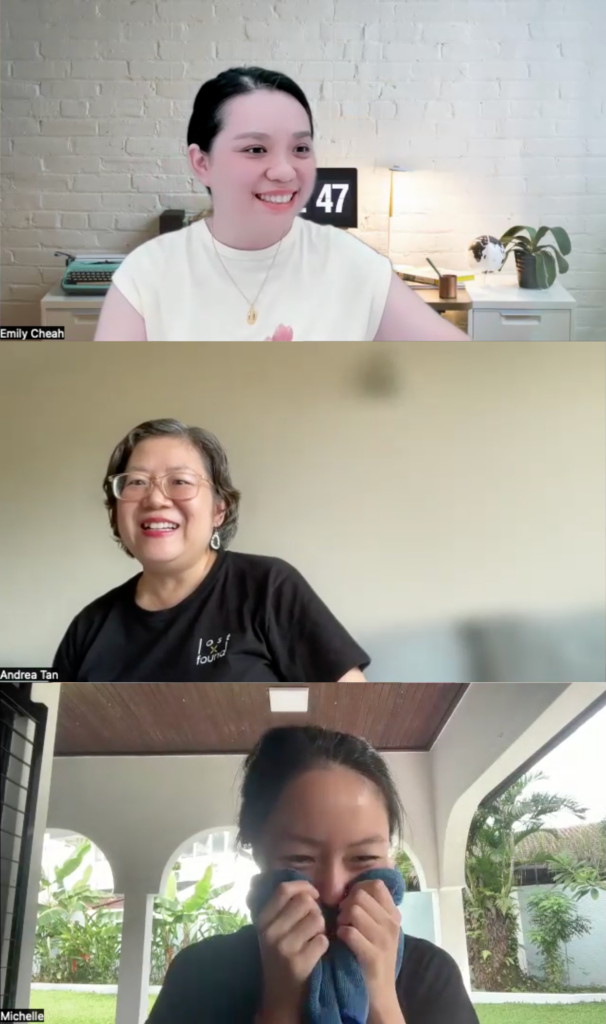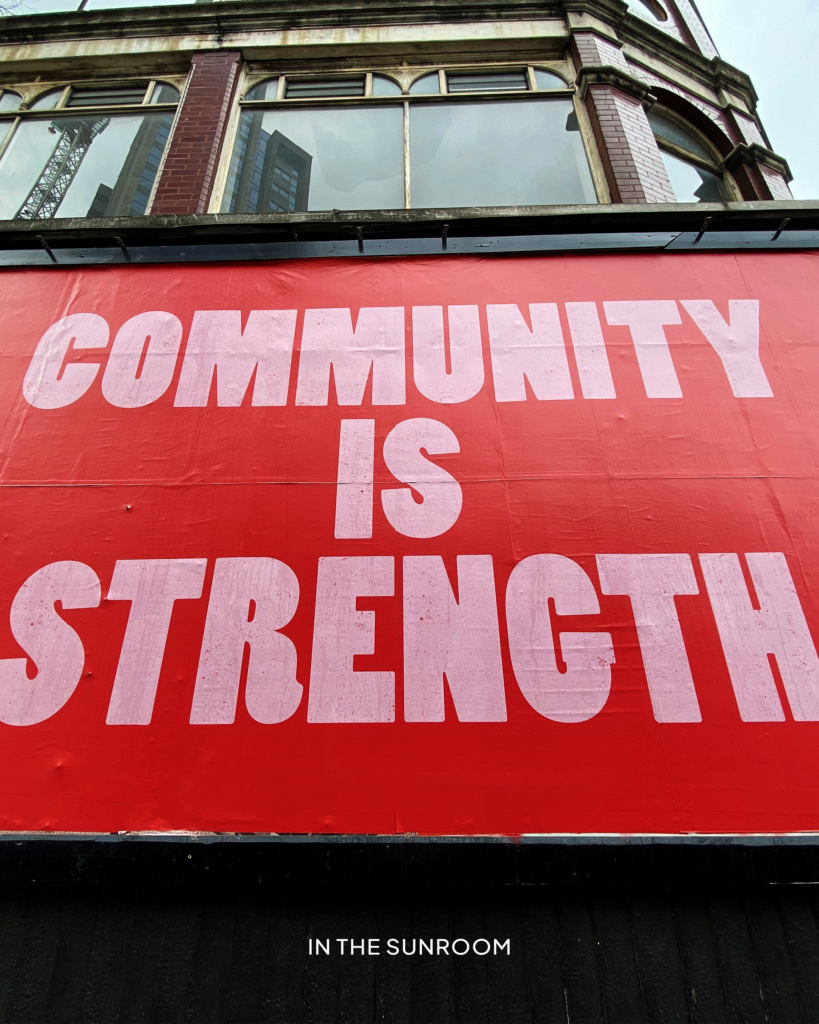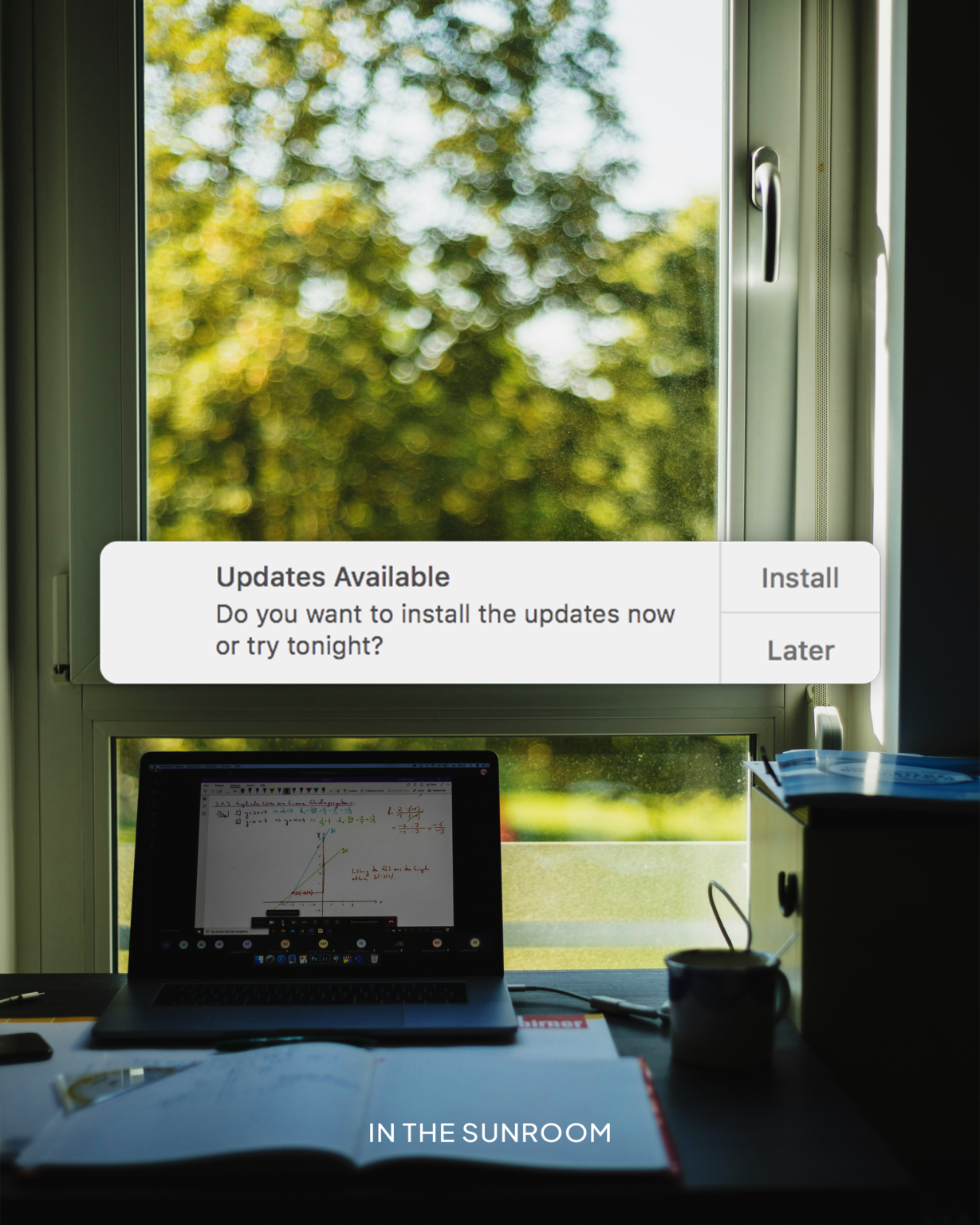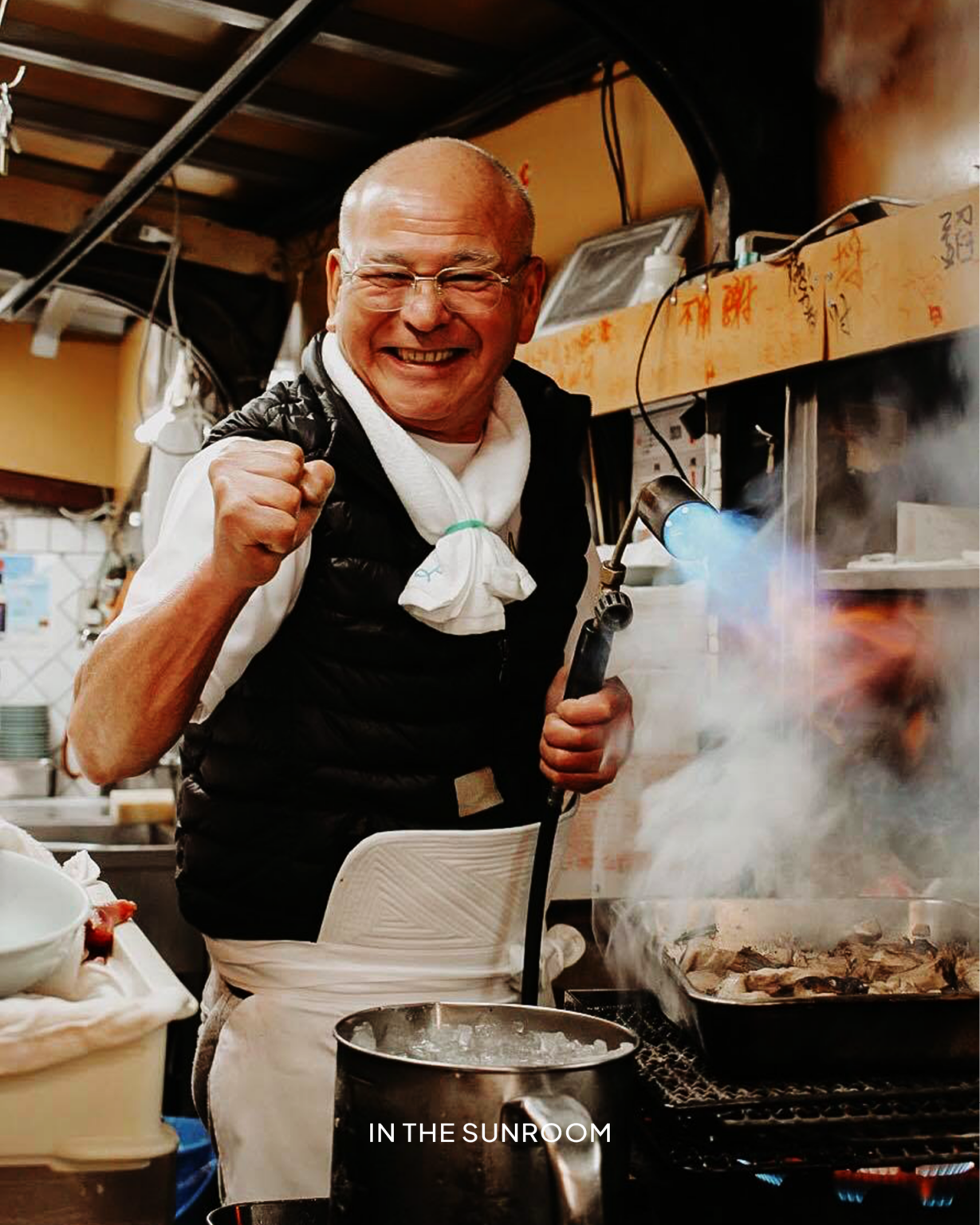Building a community isn’t about selling products or services. It’s about creating a space where people feel connected, valued, and inspired by a shared purpose. And the most magical part? A thriving community doesn’t just engage with your brand—it becomes your loudest advocate. On the contrary, it can become your silent killer.
I used to go to a pole studio near my home. When a dispute broke out publicly between the owner and some instructors, class attendance was immediately halved or more. The ripple effect was apparent immediately. The community was shaken at its core and the brand lost its pizzazz overnight. We love dancing in classes but more than that, we love the community of tough yet tender individuals that held the brand together.
Naturally, no one appreciated the negative vibes and went to shop around for other pole studios. Some even opted to install poles in their own homes to continue their dance practices instead.
The truth is that every sales and marketing effort will feel like medium to heavy lifting until your brand has a strong community wrapped around it. Here’s what I’ve learned about creating a brand community that markets itself, based on my own experiences and observations.
Table of Contents
Start with a Shared Purpose
Every great community starts with a shared purpose. It’s not about your product; it’s about what your brand stands for. What do you believe in? What problem are you solving? What change are you trying to bring about?
For me, my brand’s purpose has always been about helping people embrace their unique identity and turn it into a powerful asset. That purpose became the foundation of my community—a space where my clients, partners, and vendors could share their stories, support each other’s growth, and explore their potential.
Think about your brand’s deeper purpose. Maybe it’s sustainability, self-expression, or innovation. When you lead with purpose, people aren’t just buying what you sell—they’re joining what you stand for. I’ve even had referrals from people I just shared by mission in a passing elevator conversation!
Create Value That Goes Beyond Products
A community flourishes when its members feel like they’re getting more than what they’re giving. I mean, it’s about added value. Start by offering value that goes beyond your products or services. For me, this meant creating resources like free guides, workshops, and discussion groups where members could learn, share ideas, and feel empowered.
An example in mind is how my Tarot instructor friend Emily Cheah has created an online community where members share tips, personal progress stories, and even practice together! Brand communities aren’t about selling products or services; they’re about fostering a sense of belonging and shared achievement. This also helps the community deepen their knowledge and interest in the subject.
Ask yourself: What can you give to your community that enriches their lives? Maybe it’s knowledge or support. Or even just a space to connect with like-minded people.

“Brand communities aren’t about selling products or services; they’re about fostering a sense of belonging and shared achievement.”
Foster Genuine Connections
People join communities to connect, not just with brands but with each other. If your brand has a community, your role is to facilitate those connections, not dominate or skew the conversation to your interest.
Although I am not someone who checks on social media a lot, I’d joined more Instagram channels, Discord servers, and Subreddits than I can count for my idiosyncratic hobbies. There are powerful brand community moments when creators engage in two-way conversations with the rest in the group versus creating one just for broadcasting purposes.
The latter usually quiets down quicker than it was hyped up to be. And those organic interactions are what made the community feel alive.
Encourage discussions, celebrate members’ contributions, and make space for them to take the spotlight. The more your community feels like a collaborative space, the more people will want to be part of it.
Make It Personal and Inclusive
People want to feel seen, heard, and valued. Make it a point to acknowledge individual members, both in public and also in private—whether it’s a quick shoutout on social media, a personal reply to a comment, featuring their stories, or even remembering special dates.
Inclusivity is also key. Your community should be a place where everyone feels welcome, regardless of their background, experience, or expertise. This creates an environment where people feel safe to share, learn, and grow, and this strengthens their connection to your brand.
Let the Community Shape Itself
One of the biggest lessons I’ve learned is that a community isn’t something you control. Interlacing your brand narrative into the community’s dialogues is an art that has to be learned over time. Start with a clear vision for your brand’s community, but over time, let the members shape it.
A few years back, I noticed that the community Telegram group chat that a nearby grocer started was particularly passionate about floral arrangements. Shortly after, the grocer hosted a floral arrangement event based on the community’s interest. The community felt more relevant and engaging because it was shaped by the members themselves. Eventually, the grocer also carved out a corner for the florist to set up shop there as well.
Listen to your audience. Pay attention to what they’re talking about, what they need, and what excites them. The more you let your community evolve organically, the more your brand will thrive.
Empower Members to Advocate for the Brand
Here’s where the magic is at: when your community feels connected to your brand, they will naturally want to share it with others. Have you noticed when big-name brands repost Instagram stories tagged to them, they create a community that tends to share even more?
One of the most effective things I see lifestyle brands do is create opportunities for members to take ownership and co-create the brand’s narrative by reposting their Instagram stories. Whether it be about being at your retail shop, using your products, or musings about the brand, these moments allowed members to become ambassadors for the brand in their own ways. It’s a win-win: the community gets to share their stories, and the brand reaches a new audience in an authentic way.
Celebrate and Amplify Your Members
People love to be recognized. Celebrating your community members not only strengthens their loyalty but also inspires others to join.
Make it a point to highlight members who are doing amazing things—whether it’s achieving a milestone, sharing a creative idea, or helping others in the group. By amplifying their voices, you show that your community is about them, not just you.
Keep It Authentic
If there’s one thing that will make or break your community, it’s authenticity. People can sense when a brand is being disingenuous, and they’ll quickly disengage.
For me, this meant showing up as myself—flaws and all. I shared my wins, but I also shared my struggles. I was hesitant at first but I wasn’t afraid to admit when I didn’t have all the answers but my commitment to my community is that we will figure it out together. This vulnerability made the community feel more human, and it created a space where members felt comfortable being themselves too.
The Ripple Effect: A Community That Markets Itself
When you create a community that’s purpose-driven, valuable, and authentic, something amazing happens: it starts to market itself. Your members become your advocates, sharing their experiences and inviting others to join.
For my brand, this ripple effect has been one of the most rewarding outcomes. Watching members take pride in the community, share it with their networks, and help it grow organically has been incredible. It’s a reminder that the most powerful marketing isn’t what you say about your brand—it’s what others say about it.
Building Something Bigger Than Yourself
Creating a brand community isn’t just a marketing strategy—it’s an opportunity to build something bigger than yourself. It’s about creating a space where people feel seen, supported, and inspired. And when you do that, your brand becomes more than a business—it becomes a movement.
So, my advice? Don’t just focus on selling. Focus on connecting. Build a community that reflects your values and purpose, and let it grow into something that inspires and uplifts everyone involved. Because at the end of the day, a thriving community doesn’t just benefit your brand—it makes a lasting impact on everyone it touches.










